Igor Tolstikhin, Jan Kramers9780521169646, 052116964X
Table of contents :
Cover……Page 1
Half-title……Page 3
Title……Page 5
Copyright……Page 6
Contents……Page 7
Introduction……Page 13
Part I: The elements……Page 17
1.1 Introduction: nuclei and their behaviour……Page 19
Mass, energy and binding energy……Page 22
Relationships between binding energy and atomic mass……Page 24
Odd, even and even-odd families……Page 26
1.3 Summary……Page 29
2 Introduction to the Universe: the baryonic matter……Page 31
3.1 Hydrogen and helium and their special significance……Page 36
3.2 Metal-poor stars: the most ancient matter of the Galaxy……Page 37
3.3 Presolar grains……Page 38
Environments, processes and behaviour of the elements: some phenomenology……Page 43
C1-meteorite, solar and terrestrial element and isotope abundances: a comparison……Page 45
Solar system elemental and isotope abundances……Page 47
Solar system sample of short-lived nuclides……Page 52
3.5 Summary……Page 54
4.2 Big Bang nucleosynthesis (BBN)……Page 56
Distance-redshift relationship: Doppler effect and redshift……Page 58
Distance-redshift relationship: distances……Page 60
4.4 Summary……Page 61
5.2 Formation of stars……Page 64
Hydrogen burning……Page 68
Helium burning……Page 70
What is meant by “slow”?……Page 71
S-process and non-s-process species……Page 73
Comparison of model-derived and observed s-process nuclide abundances……Page 74
Stellar B-decay enhancement: are the decay constants really constant and are the stable isotopes really stable?……Page 75
Branching: isotope abundance as a measure of neutron density in the s-process environment……Page 77
5.5 Summary……Page 79
6.1 Introduction to rapid nucleosynthesis (r-process): what does “rapid” mean?……Page 80
6.2 Evolution of massive stars……Page 81
6.3 Core-collapse supernovae (SNe II) and rapid nucleosynthesis Supernovae type II (SNe II)……Page 82
Explosive nucleosynthesis: r-process and explosive burning……Page 84
Associated p-, y- and v- process……Page 86
Special significance of 56 Ni and 44 Ti: bright isotopic candles……Page 87
6.4 SNe Ia: nucleosynthesis and luminosity……Page 88
6.5 Summary……Page 89
7.1 Cosmochronology from long-lived radioactive elements……Page 91
7.2 The uranium isotopes: age and evolution of stellar nucleosynthesis……Page 92
7.3 The age of stellar clusters: luminosity…temperature relationships……Page 93
7.4 Summary……Page 94
8.1 Introduction: processes governing galactic chemical evolution……Page 95
The [Fe/H]–age reference evolution……Page 96
The CNO elements……Page 98
Isotope compositions of CNO elements and Si: presolar grains and nucleosynthetic models……Page 100
Trace r- and s-process elements……Page 102
Generation of short-lived radionuclides in the circumstellar disk……Page 103
Stellar sources for short-lived radionuclides……Page 105
Introduction to modelling of galactic chemical evolution……Page 106
Some inferences from modelling……Page 108
8.5 Summary……Page 109
Part II: Early solar system: nebula formation, evolution and lifetime……Page 111
9 Introduction to the solar nebula……Page 113
Early T Tauri stage: high-temperature processing……Page 118
Condensation……Page 119
Ca-Al-rich inclusions: classification and compositions……Page 120
REE and trace-element abundances in Ca-Al-rich inclusions……Page 122
Stable-isotope fractionation……Page 125
General comments and requirements for absolute-age determinations……Page 129
The Gerling-Houtermans equation and the related Pb…Pb isochron systematics……Page 131
Extinct nuclides and isochrons……Page 132
Extinct nuclides in CAIs: the earliest objects formed in the solar nebula……Page 136
10.5 Oxygen isotopes in nebula objects: the CAI array……Page 140
10.6 CAI formation: concluding remarks……Page 143
11.1 Introduction to chondritic meteorites: compositions and taxonomy……Page 146
Chondrules and matrix: phenomenology……Page 149
Chondrules and matrix: products from the same nebula region……Page 152
The third actor: precursor material……Page 153
11.3 Metamorphism and equilibration in chondrites……Page 154
11.4 Highly volatile elements: hydrogen, carbon and nitrogen……Page 156
Introduction to the noble-gas family……Page 158
The heavy-noble-gas-enriched meteoritic component Q……Page 159
The heavy-noble-gas-enriched component, Q: a key to the pre-nebula environment?……Page 163
Formation time scales……Page 164
Processing time scales……Page 167
A possible nebula environment for chondrite-forming processes……Page 170
Formation of chondrites: shock waves in a dusty nebula……Page 171
11.8 Summary: chondritic meteorites and early evolution of the solar nebula……Page 173
12.1 Introduction: non-chondritic meteorites and their relationships……Page 175
Magmatic fractionation……Page 176
Magmatic fractionation: trace elements……Page 177
Howardites, eucrites and diogenites: major and trace elements……Page 180
The cosmochronology of Rb-Sr and the initial ratios……Page 187
The Pb/Pb chronometry of processed meteorites……Page 191
The Pd-Ag and Hf-W isotopic systematics in irons and achondrites……Page 193
The 53 Mn–53 Cr isotope systematics in achondrites……Page 195
Relationships between extinct and live chronometers……Page 197
Loss of volatile species……Page 198
Core segregation……Page 199
Fractionation of silicate mantle and metal core……Page 200
12.6 Summary: late nebular processes as recorded by non-chondritic meteorites……Page 201
13 A summary of early solar system chronology……Page 203
Part III: Accretion of the Earth……Page 209
14.1 The solar system: the planets and satellites……Page 211
Physical aspects of the early Earth-Moon system……Page 213
Chemical aspects……Page 215
15.1 Orderly growth……Page 220
15.2 Runaway growth……Page 221
15.3 Planet formation……Page 222
16.1 Giant impacts: impactor mass and energy deposited……Page 223
16.2 The post-impact Earth model……Page 224
17.1 Introduction: principal reservoirs of the post-accretion Earth……Page 226
17.2 The silicate Earth: ways of reconstruction……Page 227
Fertile peridotites……Page 228
Peridotites and meteorites: a comparison……Page 229
Refractory trace elements……Page 230
Moderately volatile elements……Page 233
Highly volatile elements……Page 236
Terrestrial magma ocean: apparent contradiction of observations and models……Page 237
Convection in the present-day Earth’s mantle……Page 238
Convection in the post-impact Earth……Page 240
17.6 Summary……Page 242
Siderophile-element abundance pattern in the Earth’s mantle……Page 243
The simplest approach: a single-stage equilibrium model……Page 244
A light element in the core……Page 247
Constraints from physical models……Page 248
Dynamic chemical model of the core-segregation process……Page 249
Siderophile elements in the mantle during core segregation……Page 251
18.3 Time constraints on terrestrial core segregation……Page 252
19.1 Introduction: geochemical indicators for the occurrence of an early-formed apparently isolated reservoir……Page 255
19.2 Present-day status: the core-mantle transition zone……Page 257
19.3 Early formation of the core-mantle transition……Page 258
19.4 Summary: geochemical importance of the core-mantle transition zone……Page 260
20.1 Introduction……Page 262
Light-noble-gas abundances: solar, mantle and atmospheric……Page 263
Initial and present-day Kr and Xe in the terrestrial and martian atmospheres……Page 265
Rates and time scales of Xe loss from the Earth-atmosphere system……Page 267
Escape mechanisms……Page 270
Gas loss from the atmosphere: reservoirs and processes involved……Page 272
Initial inventories……Page 273
Abundances of atmophile elements in the Earth’s accessible reservoirs (EARs)……Page 274
Sources of major atmophile elements and relevant processes……Page 276
20.5 Summary……Page 278
21.1 Introduction……Page 279
Moon composition: important similarities to that of the Earth……Page 280
Moon and Earth compositions: differences?……Page 281
The giant-impact hypothesis and peculiarities of lunar composition……Page 282
Lunar mountains: the ancient crust……Page 283
Late mare magmatism: composition of the post-crust-extraction lunar mantle……Page 286
Introduction to Sm-Nd and Lu-Hf systematics……Page 289
The Sm-Nd and Lu-the lunar crust……Page 290
Concept of a lunar magma ocean: simplest model……Page 293
Lunar mare basalts and the lunar magma-ocean model……Page 295
Problems with a layered lunar mantle: the overturn model……Page 296
21.5 Summary……Page 298
Part IV: Global evolution of the Earth……Page 301
22 First look at the Earth……Page 303
23.1 Major geotectonic units: the plates……Page 305
Divergent (spreading) boundaries……Page 306
Convergent boundaries……Page 308
23.3 Intraplate magmatism: plumes……Page 309
23.4 The moving forces of plate tectonics……Page 310
23.5 Summary: the major terrestrial factories reworking matter……Page 312
24.1 Introduction to anhydrous mantle melting……Page 313
24.2 Tholeiitic basalts: major products of ocean-ridge magmatism……Page 315
Trace-element abundances in mid-ocean ridge basalts and residual peridotites……Page 317
Constraints on melt generation and transport from radioactive trace elements: introduction to disequilibrium……Page 322
24.5 Main features of a MORB melting model: evidence from trace elements and radioactive nuclides……Page 326
24.6 Features specific to ocean-island basaltic magmatism……Page 329
24.7 Summary……Page 331
25.1 Introduction: subduction, associated processes and the crucial role of water……Page 333
25.2 Major-element chemistry of arc magmatic rocks……Page 335
Trace elements in arc volcanics: comparison with oceanic basalts……Page 336
Subduction of sediments: the special significance of 10 Be and B……Page 339
Radioactive disequilibria caused by subduction processes……Page 341
Processes that occur as pressure and temperature increase……Page 343
Pressure-temperature records: introduction to thermobarometry……Page 344
Low-PT metamorphism, high dehydration-fluid production rates……Page 347
High-PT metamorphism, low dehydration rates and little fluid production……Page 349
25.6 Melting of subducting slab: supercritical liquids……Page 350
25.7 Melting in the mantle wedge……Page 351
25.8 Summary……Page 353
26.1 Introduction: the continental crust……Page 356
26.2 The upper continental crust: magmatic rocks……Page 358
Granitoids: major constituents of the upper crust……Page 360
Peraluminous granitoids: high Himalaya……Page 361
Metaluminous granitoids: western American batholiths……Page 366
Metaluminous granitoids: Rapakivi, Baltic shield……Page 367
Peralkaline granitoids……Page 368
Archaean and post-Archaean upper continental crust: a comparison……Page 369
Fine-grained clastic sediments……Page 371
Sources and mechanisms of sedimentation……Page 374
26.4 The lower continental crust: complement to the upper?……Page 377
26.5 The crustal age distribution function……Page 380
26.6 The mean composition of crustal reservoirs……Page 383
Feeding, developing and destroying the continental crust: an introduction……Page 384
Was a subduction-type magmatic source possible in early Earth history?……Page 385
Underplating……Page 387
Intracrustal magmatism……Page 388
Delamination……Page 390
26.8 Summary……Page 392
27.1 Introduction……Page 394
Isotopic signatures of the depleted MORB-source mantle……Page 397
Isotopic signatures and sources of OIB magmatism: the importance of subduction……Page 400
27.3 Sources of OIB magmatism……Page 403
Terrestrial U-Th-He-Ne isotopic systematics……Page 406
Decoupling of rare gases from other isotopic families: the need for a reservoir unrelated to subduction……Page 409
Characteristics of the 3 He-bearing reservoir and solar-type light rare gases……Page 410
27.5 Mantle xenology……Page 411
27.6 Isotopes of Sr, Nd and Pb in the continental crust……Page 415
27.7 Relationships between the Sm-Nd and Lu-Hf isotope families……Page 421
27.8 Isotopic traces from earliest Earth history and evolutionary trends……Page 425
Sedimentary rocks and processes: the strontium-isotope record……Page 430
Strontium-isotope signals from ancient oceans……Page 432
Stable-isotope signals from the ancient atmosphere……Page 434
27.10 Summary……Page 437
28.1 Introduction to geochemical modelling……Page 439
The post-accretion evolutionary chemical model……Page 440
Accreting materials……Page 441
The Hadean era (4.4 to 3.8 Gyr ago)……Page 444
Geological evolution (from 4.0 Gyr ago to the present): Sm-Nd, Lu-Hf and Rb-Sr isotope systematics……Page 445
Geological evolution from 4.0 Gyr until the present: the noble gases……Page 449
28.4 Summary……Page 452
References……Page 454
Glossary……Page 501
Abbreviations……Page 519
Meteorites : name (type) abbreviation……Page 522
Rocks: name and type……Page 524
Minerals……Page 526
Index……Page 529
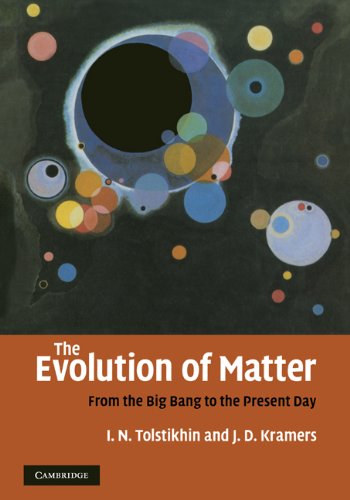
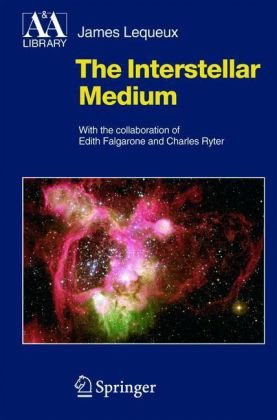
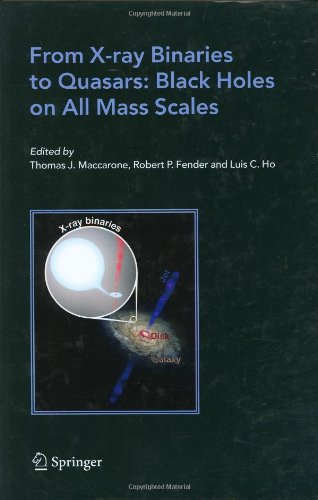
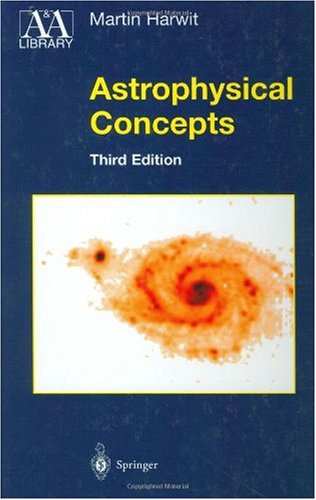
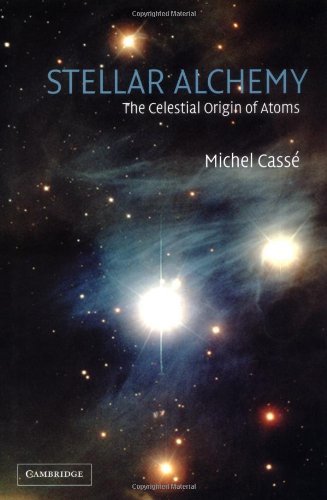
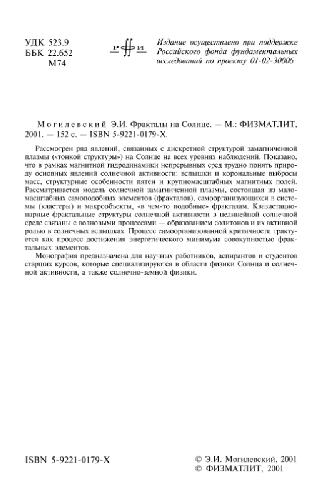
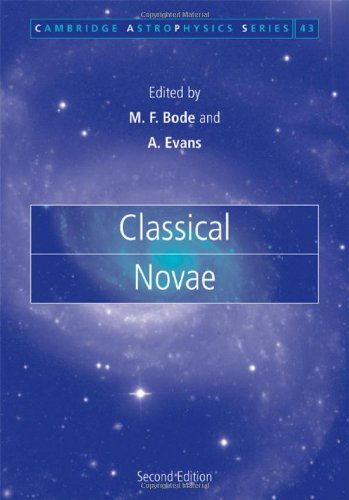
Reviews
There are no reviews yet.